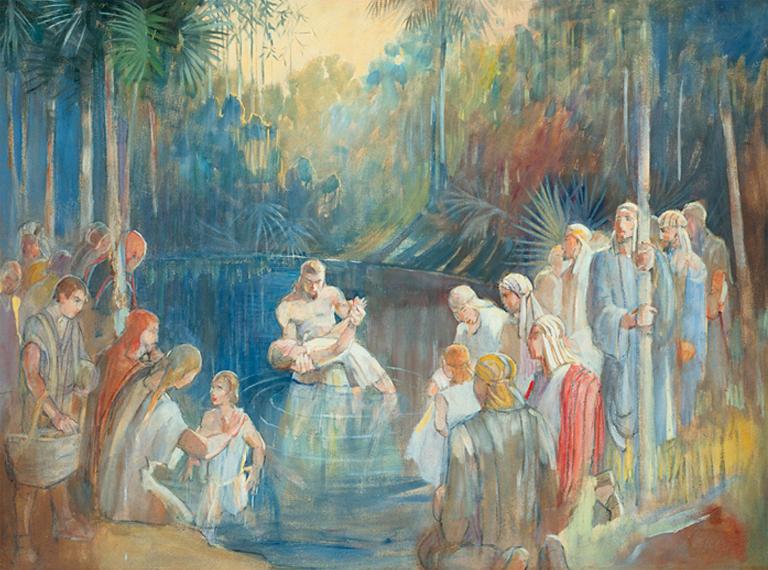
Wikimedia Commons public domain image
“Ifs, Ands, or Buts: A Reminder on the Origins of the Book of Mormon”
“Why Must We Beware Wolves in Sheep’s Clothing?”
***
Latter-day Saints Around the World: Country Newsroom Websites, August 2, 2019
“Groundbreaking Announced for the Belém Brazil Temple”
***
I want to call attention to a trio of related articles previously published in Interpreter that you might possibly find of interest:
Interpreter: A Journal of Latter-day Saint Faith and Scholarship 4 (2013): 155-160
Abstract: This study considers the Book of Mormon personal names Josh, Nahom, and Alma as test cases for the Book of Mormon as an historically authentic ancient document.
Interpreter: A Journal of Latter-day Saint Faith and Scholarship 19 (2016): 343-353
“Alma — Young Man, Hidden Prophet”
Abstract: The biographical introduction of Alma the Elder into the Book of Mormon narrative (Mosiah 17:2) also introduces the name Alma into the text for the first time, this in close juxtaposition with a description of Alma as a “young man.” The best explanation for the name Alma is that it derives from the Semitic term ǵlm (Hebrew ʿelem), “young man,” “youth,” “lad.” This suggests the strong probability of an intentional wordplay on the name Alma in the Book of Mormon’s underlying text: Alma became “[God’s] young man” or “servant.” Additional lexical connections between Mosiah 17:2 and Mosiah 14:1 (quoting Isaiah 53:1) suggest that Abinadi identified Alma as the one “to whom” or “upon whom” (ʿal-mî) the Lord was “reveal[ing]” his arm as Abinadi’s prophetic successor. Alma began his prophetic succession when he “believed” Abinadi’s report and pled with King Noah for Abinadi’s life. Forced to flee, Alma began his prophetic ministry “hidden” and “concealed” while writing the words of Abinadi and teaching them “privately.” The narrative’s dramatic emphasis on this aspect of Alma’s life suggests an additional thread of wordplay that exploits the homonymy between Alma and the Hebrew root *ʿlm, forms of which mean “to hide,” “conceal,” “be hidden,” “be concealed.” The richness of the wordplay and allusion revolving around Alma’s name in Mosiah 17–18 accentuates his importance as a prophetic figure and founder of the later Nephite church. Moreover, it suggests that Alma’s name was appropriate given the details of his life and that he lived up to the positive connotations latent in his name.
Interpreter: A Journal of Latter-day Saint Faith and Scholarship 27 (2017): 197-212
““He Did Go About Secretly”: Additional Thoughts on the Literary Use of Alma’s Name”
Abstract: Mormon describes Alma the Younger’s “go[ing] about secretly” to destroy the church that his father, Alma the Elder, had established (Mosiah 27:8–10), this as a narratalogical inversion of that period when Alma the Elder “went about privately” teaching the words of Abinadi and establishing a church “that it might not come to the knowledge of the king” (Mosiah 18:1–6). In Mosiah 27:10, Mormon subtly reworks Alma the Younger’s autobiographical statement preserved in Alma 36:6, adding in the former passage a word rendered “secretly” to create a midrashic or interpretive pun on the name Alma,echoing the meaning of the Semitic root ʿlm, “hide,” “conceal”). Mosiah 27:8–10 contains additional language that evokes the introduction of the name Alma in the Book of Mormon (at first in terms of ʿelem [“young man”] but also in terms of the homonymous root ʿlm) in Mosiah 17:2–4 but also re-invokes allusions in the latter passage to Mosiah 14:1 (Isaiah 53:1).











